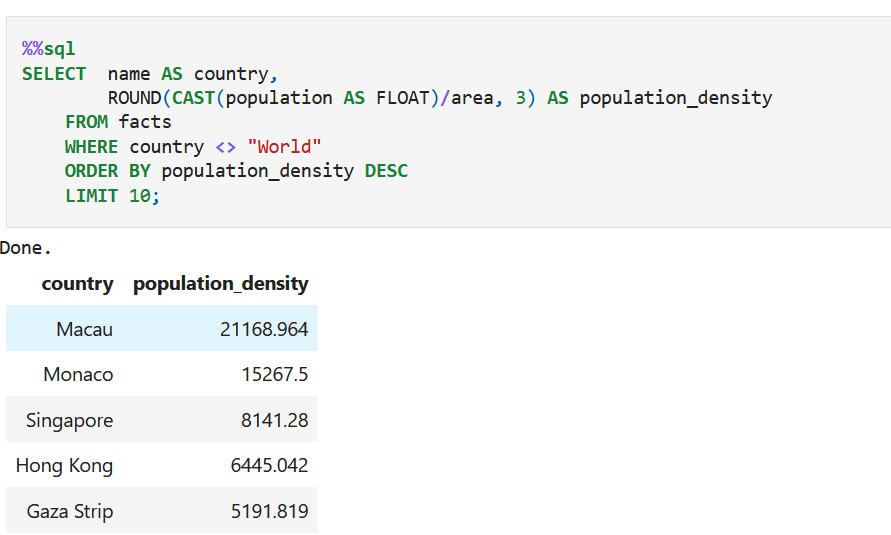CIA World Factbook Analysis
Data-driven insights using SQL + Jupyter Notebook
Population Analysis
Initially, the dataset reported the maximum population as 7.25 billion. However, this row represented the total for the entire "World", and not a specific country.
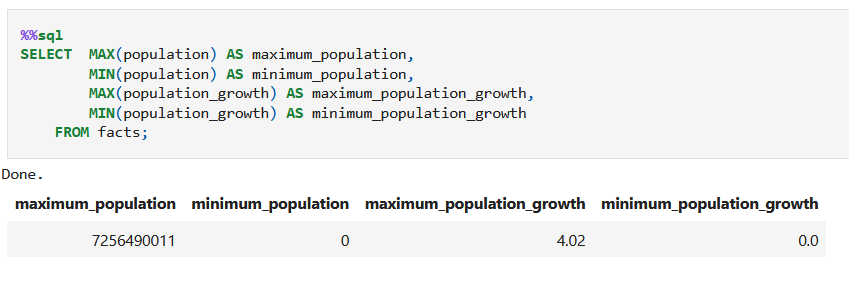
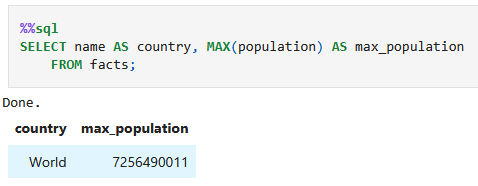

Refining the Analysis: Excluding the "World"
After excluding the "World" row, the actual country with the highest population is China, with approximately 1.36 billion people.
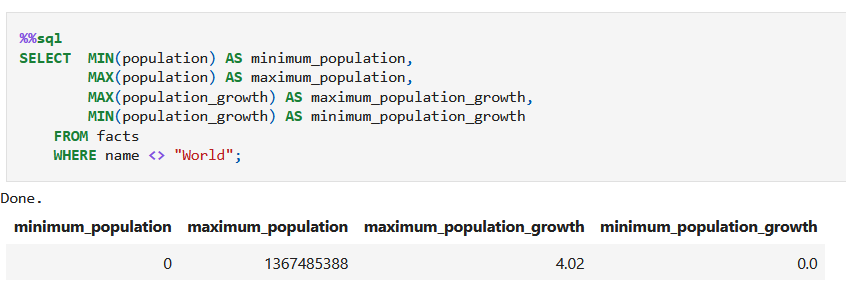
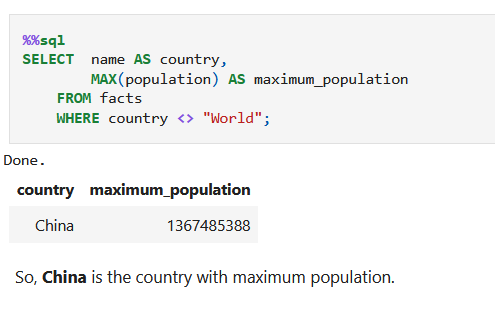
🌍 Area Analysis
The average total area of a country in the CIA Factbook dataset is approximately 555,093.55 square kilometers. This helps us understand which countries stand out in terms of geographic size.
Countries such as Russia, Canada, and United Statessignificantly exceed this average and dominate in terms of physical landmass.
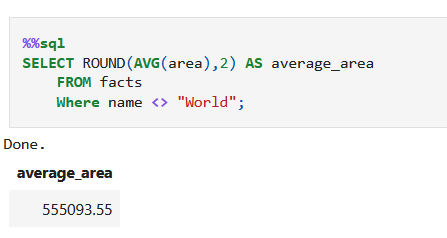
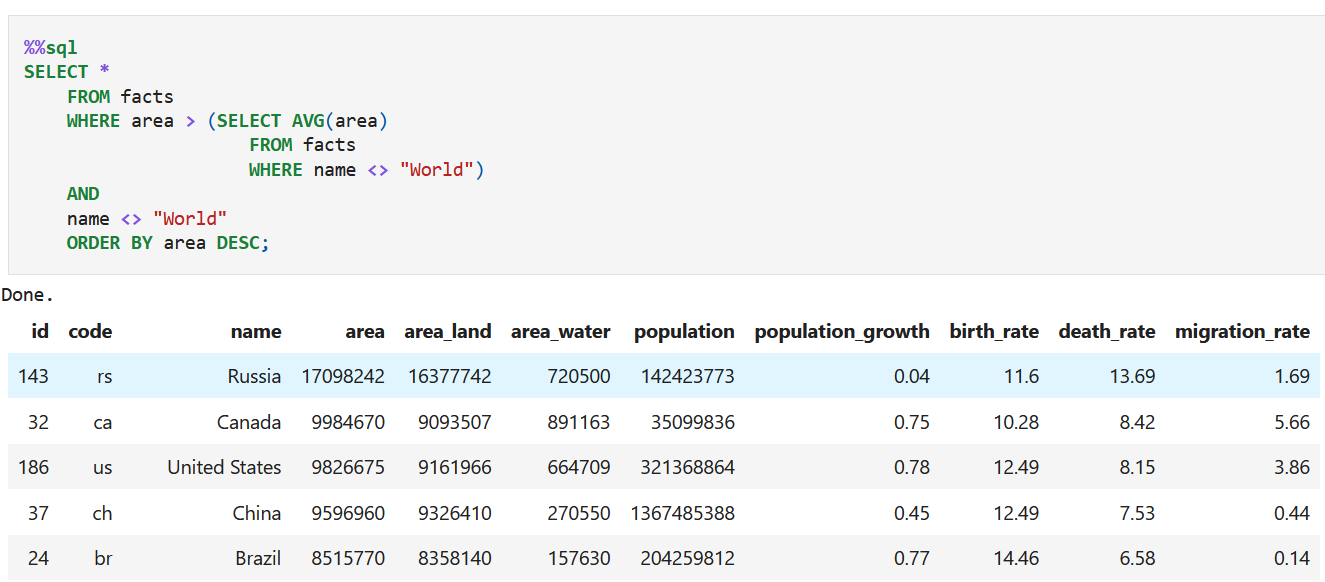
🌊 Water vs. Land Area Comparison
While most countries in the CIA Factbook have a significantly larger land area than water area, a few rare outliers exist where the water area exceeds the land area. These countries typically include island nations, territories with vast inland water bodies, or unusual geographical boundaries.

📉 Birth Rate vs. Death Rate
A country where the death rate exceeds the birth rate may experience long-term demographic challenges. These can include population decline, economic stagnation, labor shortages, and increased strain on healthcare and social systems.
The dataset highlights countries like Ukraine, Bulgaria, and Latvia where this imbalance is most pronounced.
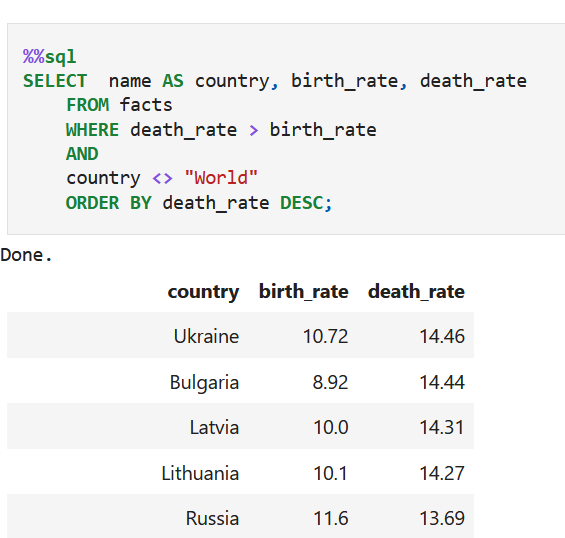
🏙️ Population Density
Population density measures how many people live per square kilometer of land. It is calculated by dividing a country's population by its total area.
Countries with very high population densities tend to be small, highly urbanized, or both. This includes places like Macau, Monaco, and Singapore.
